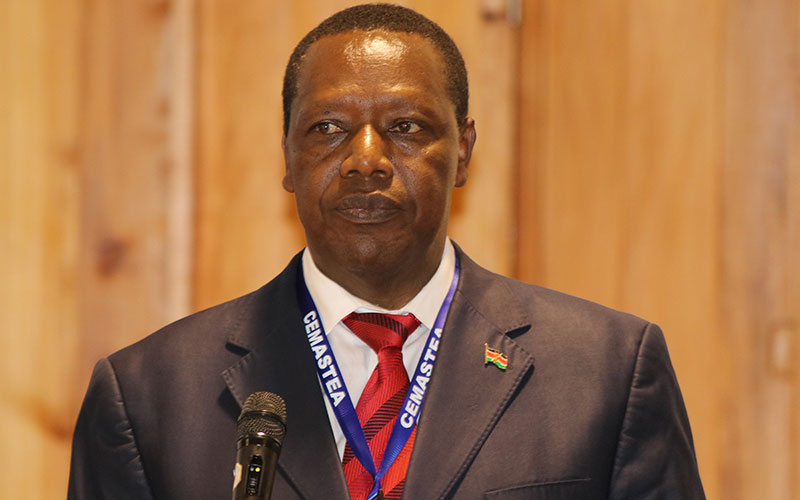×
The Standard e-Paper
Kenya’s Boldest Voice

The Centre for Mathematics, Science and Technology Education in Africa (CEMASTEA) was established in 2004 to provide In-Service Education and Training (INSET) for mathematics and science teachers in Kenya and Africa.
The Centre was established to capitalise on the gains made under the Strengthening of Mathematics and Science in Secondary Education (SMASSE) that began in 1998 as a pilot INSET project.